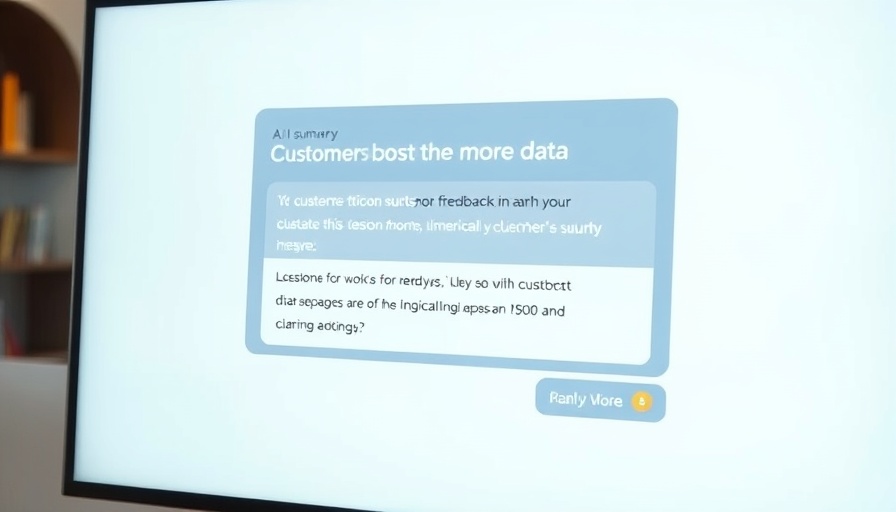
Mastering Your Schedule: How an Excel Calendar Can Transform Your Business
For business owners generating $2M to $10M in annual revenue, every second counts. Time management can make or break the efficiency of scaling operations. Creating an Excel calendar is a powerful tool that can provide clarity in chaotic schedules and enhance productivity. This guide simplifies the process, showcasing how to craft the perfect calendar tailored to your business needs.
Why an Excel Calendar?
With numerous tasks at hand—from product development to team collaboration—using conventional paper planners may no longer suffice. An Excel calendar pulls various tasks into one structured platform, providing a central hub for operations management. It allows for customization, accommodating specific workflows and team processes. Furthermore, it enhances visibility, ensuring that important deadlines aren’t missed.
Step-by-Step Guide to Creating Your Calendar
Follow these simple steps to create a functional Excel calendar:
- Open a New Workbook: Start by opening Excel and creating a blank workbook.
- Label Your Months: At the top of each column, label the days of the week and use rows for dates.
- Color Coding: Implement color coding based on task type—like red for deadlines or green for meetings—to create visual cues.
- Setup Recurring Tasks: If you have weekly meetings or monthly reviews, set them as recurring events.
- Share and Collaborate: Excel allows for easy sharing. Invite team members to view or edit the calendar, fostering collaboration.
What You Can Achieve with an Excel Calendar
The true value of an Excel calendar extends beyond just scheduling. It can serve as a project management tool, essential in heading towards your goals efficiently. Employees can see their schedules at a glance, understand their deliverables, and align operations with the company vision. With ongoing adjustments and updates, this calendar evolves into a live document.
Tools and Resources to Enhance Your Excel Calendar
Besides basic functionality, integrating software tools like ClickUp or Asana can enhance team collaboration by linking tasks directly from the calendar to broader project management frameworks. This connectivity ensures that all team members are on the same page and that resources are not wasted.
Final Thoughts: Elevate Your Operations
Implementing a robust Excel calendar into your operational workflow can dramatically improve time management, task visibility, and collaboration within your team. The actionable insights a well-constructed calendar provides are invaluable as you scale your business in an ever-competitive market.
For more tips on optimizing your business processes, be sure to explore additional resources tailored to your operational needs whenever you’re ready to take your efficiency to the next level.
 Add Row
Add Row  Add
Add 



Write A Comment